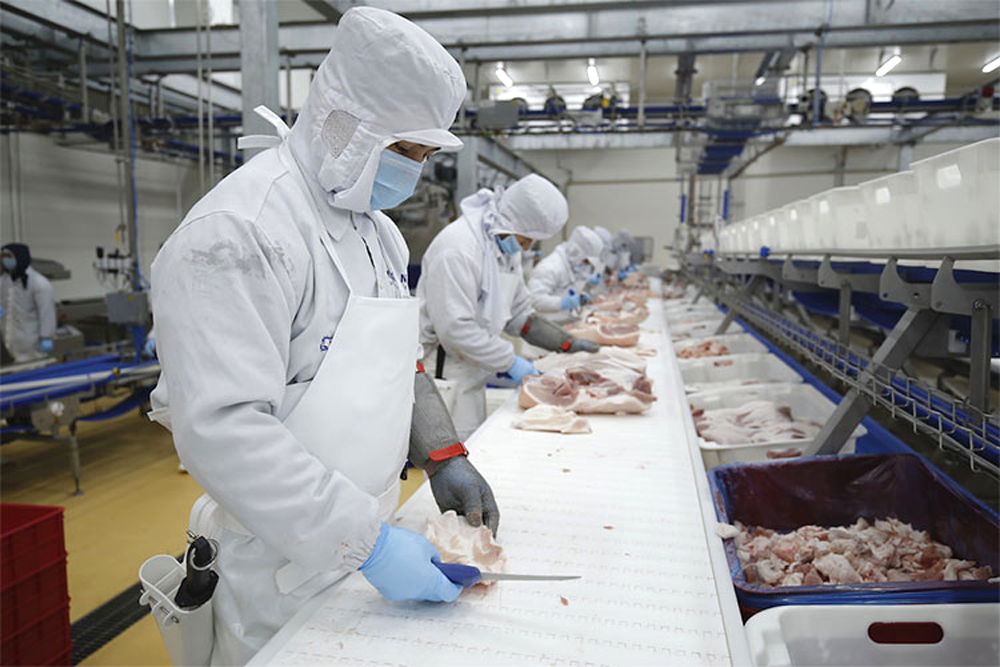Vietnam Seafood
Hard to recover seafood exports before late 2023
According to the General Department of Vietnam Customs, seafood exports in the first five months of the year were down 29% from the same period last year, just USD 3.4 billion. The seafood export value in May reached over USD 808 million, the highest value from earlier this year, showing a good sign in the market. Exports to the US, the EU, China, Japan, and Korea brought the highest value from earlier this year.
Exports of the main seafood categories in the first five months of the year were down 10-40% from the same period last year. The most declining category was pangasius with 40%, shrimp was down 34%, tuna was down 31%, and cuttlefish was down 12%. However, a positive growth was recorded in sales of some marine fishes such as anchovy (53%), scad (14%) and yellowstripe scad (20%).
Seafood exports declined by 48% in the US, 33% in the EU, 25% in China, 21% in Korea, and 8% in Japan.
The three main causes for the 30% decrease of Vietnamese seafood exports since earlier this year are inflation, rising inventories, and fierce competition against Ecuador and India. Farmers, fishermen, and seafood businesses are desperate due to the rising production costs.
And yet, seafood businesses anticipated that it would be hard for the seafood market to recover, or if any it would be slow.
Inventory is another problem in some major markets such as the US and the EU besides inflation. Demand in Japan and Korea fell due to inflation, but not as sharply as in the abovementioned markets. Some businesses saw good signs in these two markets. Thus, when inflation is going down, exports to these two markets will quickly recover and compensate for the loss in other markets.

Vietnamese seafood exports to China declined by nearly 30% in the first half of the year. The demand of Chinese consumers can not recover in the short term. However, this market will see good signs in the second half of the year.
Vietnam’s businesses all determine this is the time to stabilize production, not further investment. Also, they should study new products to suit the post-covid-19 market and high inflation.
Their most concern is high production cost and low prices which may make farmers and businesses empty their ponds, leaving a consequence of material insufficiency for processing when the market recovers. Thus, Vietnam will once again lose position.
(Source: https://vietfishmagazine.com/)
https://vietfishmagazine.com/news/hard-to-recover-seafood-exports-before-late-2023.html



 Tiếng Việt
Tiếng Việt